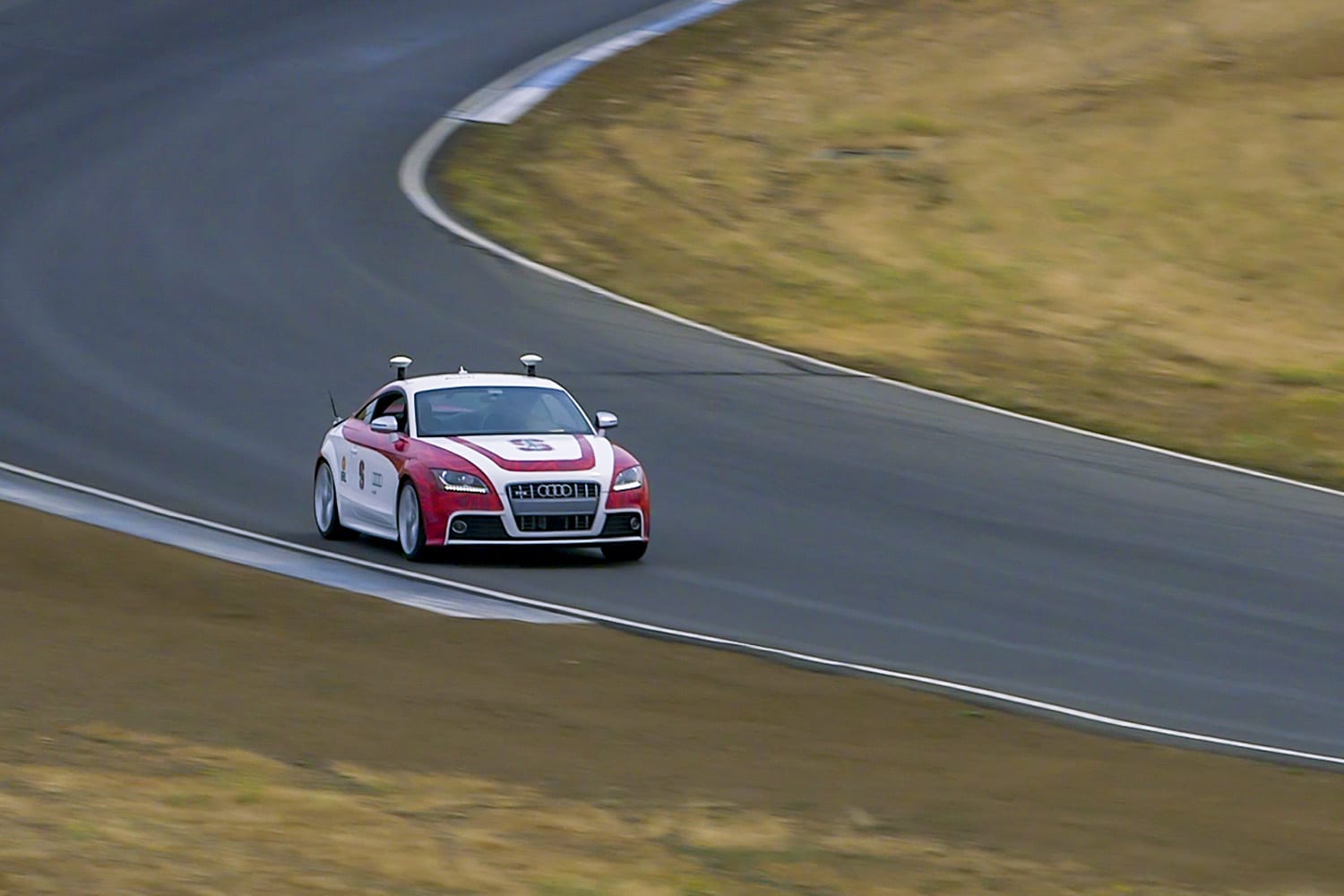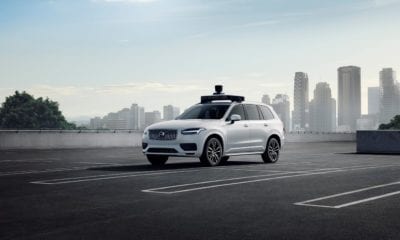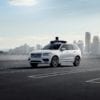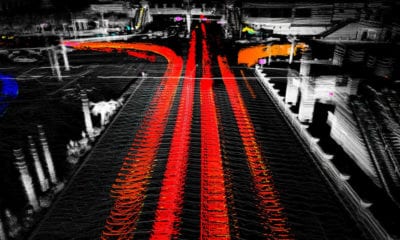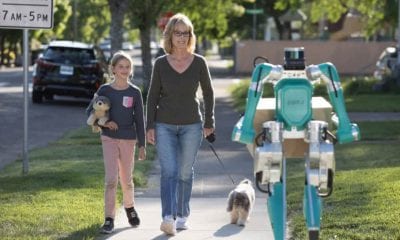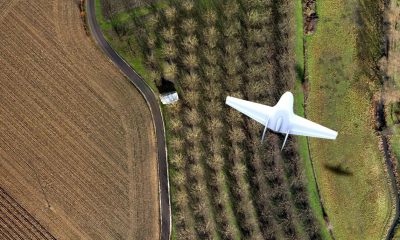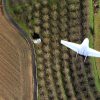AI
Researchers Use Neural Networking to Improve High-Performance Autonomous Cars
Automation and AI based industry is abuzz with daily developments in the ‘self-driving’ cars segment. Conventionally autonomous cars/vehicles are trained to be overly cautious, however, these too might need to make high-speed maneuvers sometimes – to avoid a collision for example. Companies like Tesla, Waymo, Uber and more have self-driving cars in the works or in their fleets. The question is can these vehicles, equipped with high-tech sensors and programmed to drive at snail’s pace, handle these split-second decisions like a human? Now Engineers at Stanford University may have the answer-by testing cars with the aim of bringing autonomous capabilities to more situations, like professional racing.
Stanford University students created a neural network that can enable driverless cars to perform high-speed, low-friction maneuvers just as well as race car drivers. Researchers say this is an important step in improving autonomous vehicles’ ability to avoid accidents.
Nathan Spielberg, a graduate student in mechanical engineering at Stanford and lead author of a paper published earlier this week in the journal Science Robotics said, “We want our algorithms to be as good as the best skilled drivers — and, hopefully, better. Our work is motivated by safety, and we want autonomous vehicles to work in many scenarios, from normal driving on high-friction asphalt to fast, low-friction driving in ice and snow.”
The team used a type of artificial intelligence algorithm or a neural network to create the self-driving system. These networks are used to power typically high-powered GPUs that control the decision-making process in these autonomous vehicles.
The Stanford team trained a neural network with data from 200,000 motion samples, including test drives on slippery surfaces like snow and ice. They tested their autonomous vehicles, Niki and Shelley, a Volkswagen GTI and Audi TTS respectively, on adverse conditions like the limited friction of Thunderhill Raceway Park in Sacramento Valley.
First, Shelley sped around controlled by the physics-based autonomous system, pre-loaded with set information about the course and conditions. When compared on the same course during 10 consecutive trials, Shelley and a skilled amateur driver generated comparable lap times. Then, the researchers loaded Niki with their new neural network system. The car performed similarly running both the learned and physics-based systems, even though the neural network lacked explicit information about road friction.
To drive in these adverse conditions, Stanford’s autonomous vehicles incorporate both in-the moment evaluations and physics-backed data from previous drives. Niki, for example, drove around icy tracks near the Arctic Circle and that data is used to inform their drive on Thunderhill. By using physics data like road-tire friction, the system can be more flexible and responsive to the situation.
Christian Gerdes, professor of mechanical engineering and senior author of the paper on this topic said, “With the techniques available today, you often have to choose between data-driven methods and approaches grounded in fundamental physics. We think the path forward is to blend these approaches in order to harness their individual strengths.”
The team says they were encouraged by the results, however, they do point out that the physics based neural network system does not perform well on inexperienced conditions. But in the long run, this system could be the future of autonomous vehicles.

